
If you want to stay grounded—which is to say, you want a haunting reminder of your own diminutive size and mortality—do I have the tool for you.

If you want to stay grounded—which is to say, you want a haunting reminder of your own diminutive size and mortality—do I have the tool for you.

Despite keeping us grounded and warping light that travels through space, gravity is actually quite a weak force. The smaller the mass, the less gravity appears to have any pull, until at quantum scales it appears to have no force at all.
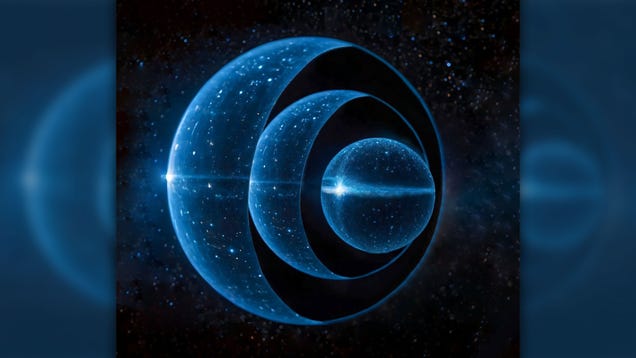
If you asked an astrophysicist what is yet to be discovered in the universe, there’s a good chance they’d paraphrase Donald Rumsfeld: It’s full of known unknowns.
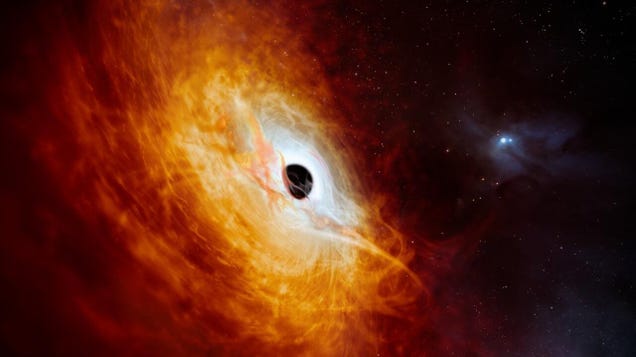
Our Sun is about 330,000 times the mass of Earth, yet it is dwarfed by the black holes that lurk at the centers of galaxies. A team of astronomers recently found the fastest-growing of this group: a 17-billion solar mass black hole in the distant universe, which is growing at the rate of one solar mass per day.
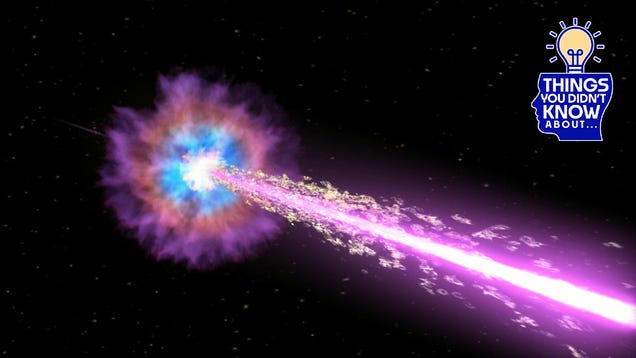
Black holes. Despite their names, the enigmatic objects are opposite of vacuous. They are some of the universe’s densest objects, with masses ranging from the size of stars to several hundred million stars. Their gravitational fields are so intense that not even light can escape them at a certain point, leaving us…
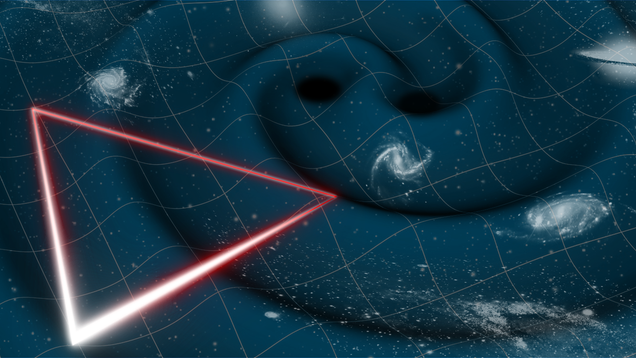
Stay calm, everybody stay calm. But it’s finally happening: The European Space Agency is committing itself to the Laser Interferometer Space Antenna (LISA), a gravitational wave observatory that will study some of the universe’s most enigmatic phenomena.

A team of scientists found a compact object 40,000 light-years from Earth that is either a very massive neutron star or an itsy-bitsy black hole, but they’re not sure which.
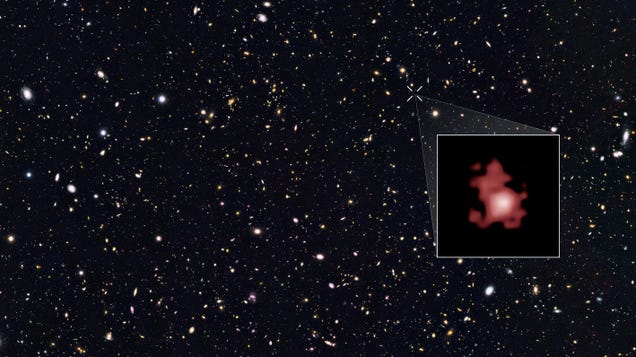
A team of researchers found a black hole from the early universe, prompting new questions as to how such ancient massive objects might form. The black hole dates to about 400 million years after the Big Bang—the start of the universe as we know it—making the object over 13 billion years old.
No space-based gravitational wave observatory exists…yet. But that hasn’t stopped a team of astronomers from demonstrating how the gravitational universe might look, using simulated data to create a “synthetic gravitational sky.”
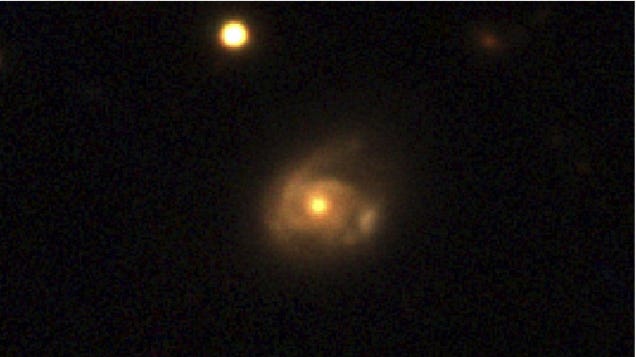
On June 22, 2022, NASA’s Swift Observatory spotted something curious in a galaxy over 500 million light-years away. It was a routine outburst of gas that a team studying the data now believes is evidence of a black hole intermittently gobbling up a star each time the latter draws near.